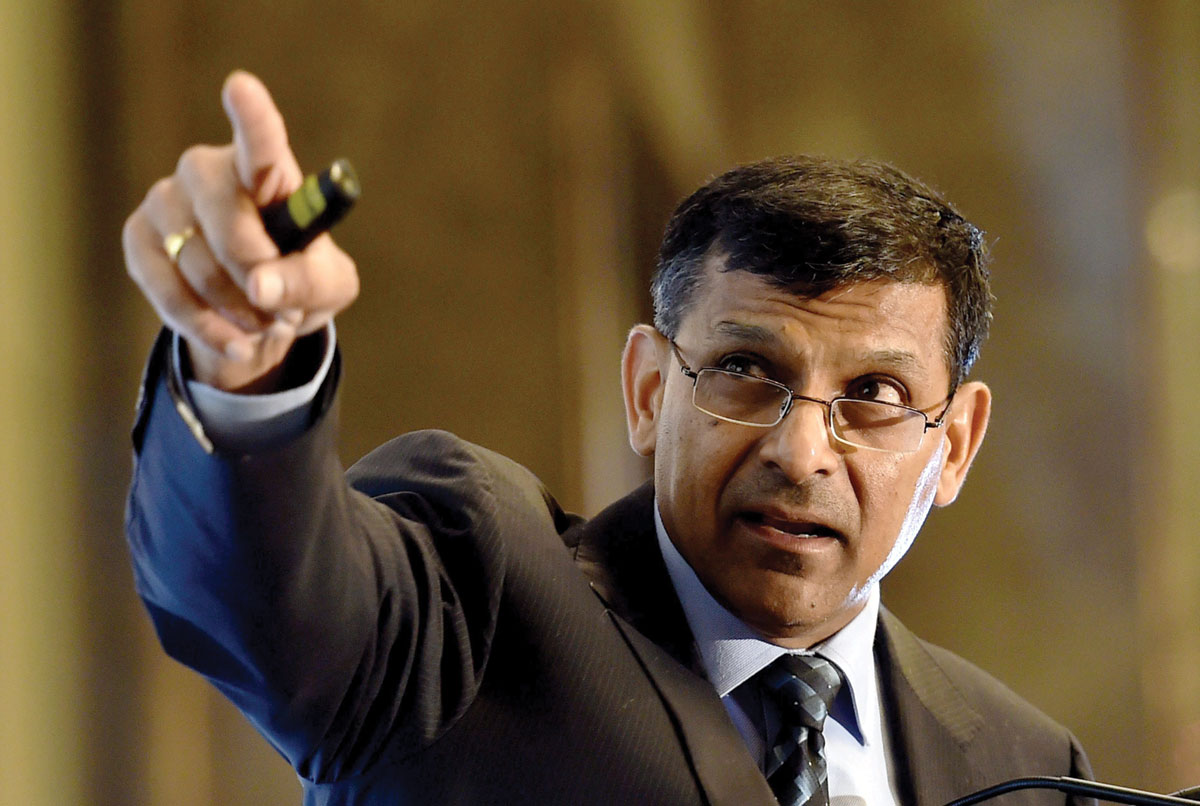NPA CLEAN-UP SHOULD HAVE STARTED MUCH EARLIER
RBI Governor Raghuram Rajan. (Shailendra Bhojak | PTI)
Outgoing Reserve Bank of India Governor Raghuram Rajan, who has ruffled industry for his strident bid to get the bank balance-sheets cleaned up, admitted, July 26, that the central bank should have carried out this exercise earlier. – @Siliconeer #Siliconeer #RaghuramRajan #ReserveBankofIndia #RBI #NPA #Debt #India #Finance #NonPerformingAssets
“As with inflation, it was the duty of the central bank to press for bank clean-up earlier, when few among the public support the central bank’s activism,” he said, addressing the 10th Statistics Day conference at the RBI headquarters in Mumbai.
He also said the lenders were initially reluctant to implement the clean-up which started from December 2015 with RBI identifying 150 largest accounts which were facing problems in servicing their debt obligations.
“Fortunately, after an initial reluctance, banks have entered the spirit of the clean-up and some have gone beyond what was demanded of them,” he said, adding that it was “easy to ignore” the problem of loan losses hoping that it goes away “somehow.”
Rajan said however that the scourge of loan losses “had a tendency to increase, get too big to ignore, too late to manage, and push the system into crisis.”
In late 2015, RBI came out with a list of over 150 accounts, which was pruned to 120 later, and asked all the lenders to recognize their exposures to those as non-performing assets or bad loans.
It gave banks two quarters to recognize the losses and according to some estimates, the banks have taken a hit of Rs. 70,000 crore to cover for the reverses.
Following this clean-up order, the banks, led by state-run ones, have reported close to 14% or over Rs. 8 trillion (Rs. 8 lakh crore) of their assets as stressed as of March 2016, while NPAs alone crossed 7.6%.
The Reserve Bank had last month warned in the financial stability report that the NPA pains might worsen and that it would cross 8.5% by March 2017 under its base case scenario.
The banks, primarily state-run lenders, have shown record losses in the last two quarters and RBI is targeting to end the NPA trouble by March 2017.
The Governor, July 26, counted a slew of positives from the process, including the favorable reply shown by investors in state-run banks after initial fears, which was reflective of how the move is good over a medium term.
Rajan, who will be returning back to the academic world once his term ends Sept. 4, has also hinted in the past that he would have liked to see the clean-up process to get complete.
Underlining the need for using data and evidence while shaping policy debates, the academic-turned-central banker used the fight against inflation which has seen rates being high for a few people’s liking, and the banks’ balance-sheet clean-up to drive his point.
Attributing the steep fall in credit supply to banks’ past mistakes in lending, Rajan said the ongoing clean-up should be taken to a “logical conclusion” and clarified that the high interest rates should not be blamed for low credit offtake.
Rajan stressed that the problem of low credit growth will get solved only once the clean-up process is complete.
Even though the process has resulted in erosion of banks’ profits, Rajan welcomed lenders’ moves to adopt the process after “initial reluctance” and pointed out to positives like stock markets being more supportive of state-run banks, promoters selling assets and more dedicated asset reconstruction companies setting-up shop.


